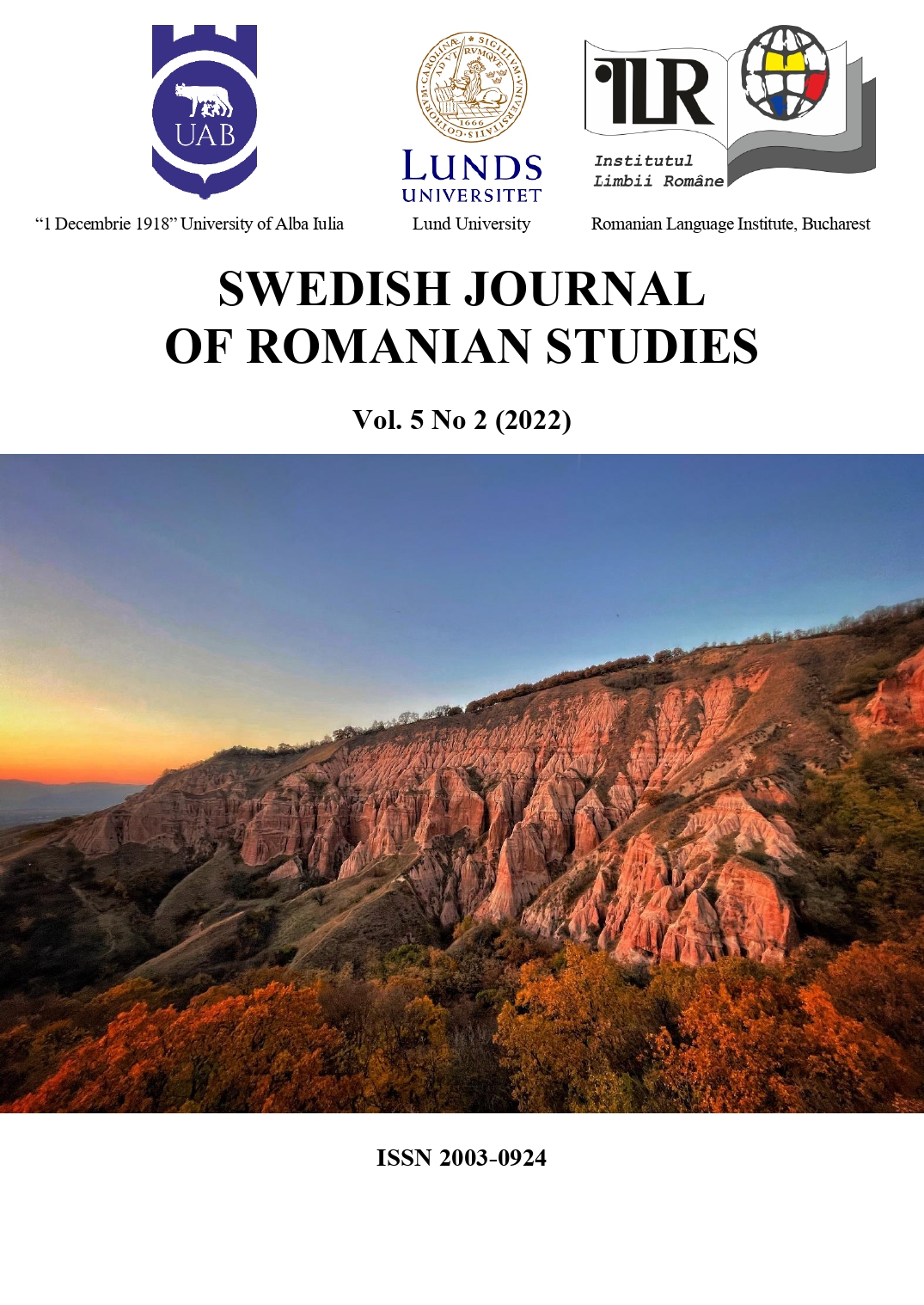The funerary practices from the end of the Bronze Age and the beginning of the Iron Age in the south-west of Romania and the relations with the south of Danube
The funerary practices from the end of the Bronze Age and the beginning of the Iron Age in the south-west of Romania and the relations with the south of Danube
Author(s): Simona LazărSubject(s): Archaeology, Cultural history, Prehistory
Published by: Språk- och litteraturcentrum, Lunds Universitet
Keywords: funerary practices; the anthropological research; south-western of Romania; late Bronze Age; the beginning of the Iron Age;
Summary/Abstract: The socio-anthropological approach to the funerary practices proves a tight connection between the religious beliefs and the funerary practices. However, it is hard to be evidenced only through the funerary discoveries most of the time. The study of the funerary space structure reveals several possibilities for interpretation, provided the necropolises are researched thoroughly. In the analysis made on the funerary practices, there are often used notions, such as that of a social person, understood as a variety of situations (age, social rank, gender etc.), or social energy consumed during the development of a funerary practice. In this manner only, hypotheses can be issued regarding the social structure if it considers that the funerary space can also be seen as a confirmation of the social identity. The funerary practices can “codify” information related both to the social structure and ideology, thus to the collective mentality of those communities. Different attempts have been made to sketch the religion of the prehistoric communities, using the funerary discoveries for this purpose. To the north of the Danube, in the south-western side of Romania, the funerary practices used to be characteristic for the end of the Bronze Age, which implied the cremation of the dead and the depositing of the remains into a pottery vessel that played the role of an urn. This was buried along with one or more adjacent vessels and sometimes clay statuettes. Among the archaeological discoveries available in the actual stage of the researches, the Gârla Mare type is evidenced, which belongs to the wider area of the incrusted ceramics groups situated on one side and another on the middle inferior course of the Danube. Most of them come from the necropolises of cremation in an urn, being known only a few discoveries of settlements. At the beginning of the Iron Age, a different funerary practice can be noticed, i.e., the building of tumuli and the depositing of the offerings in vessels, on the bottom of them. The disappearance of the plane necropolises, starting with the 12th century BCE and the appearance, in the same period, of the tumular constructions because of the richness or the quantity of the social energy invested in them suggest the appearance of new forms of collective representation, a change in the collective mentality. Furthermore, as a tendency to affirm the social identity, the funerary tumulus can be pointed out.
Journal: Swedish Journal of Romanian Studies
- Issue Year: 5/2022
- Issue No: 2
- Page Range: 101-116
- Page Count: 16
- Language: English

